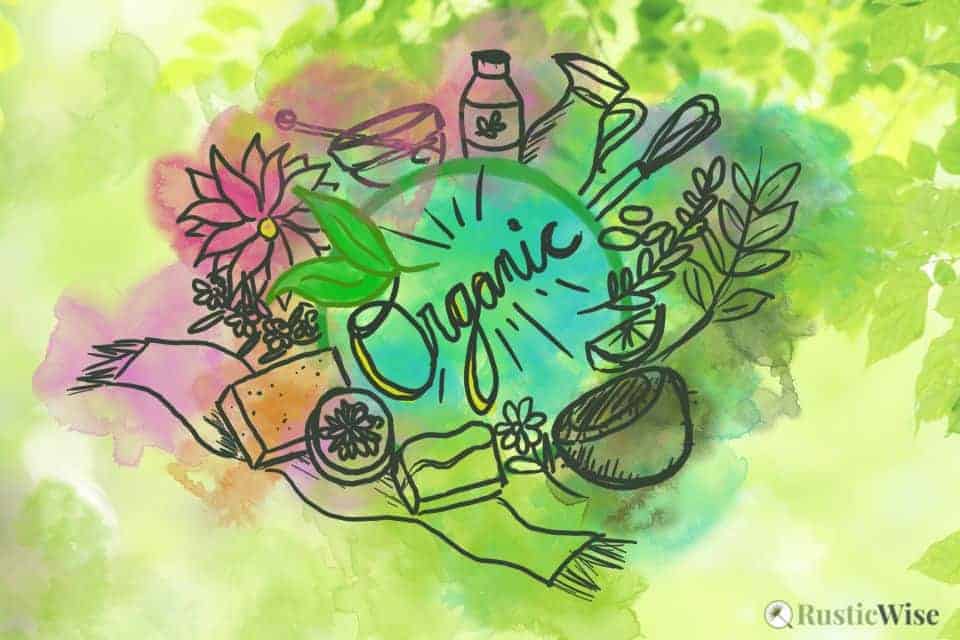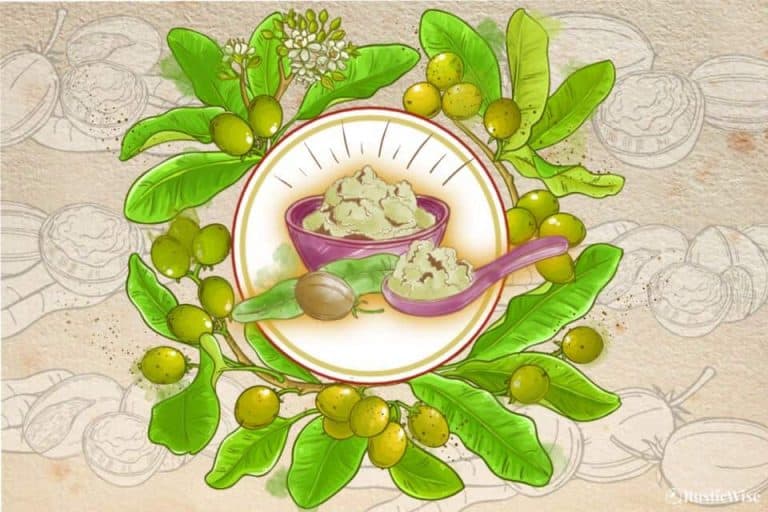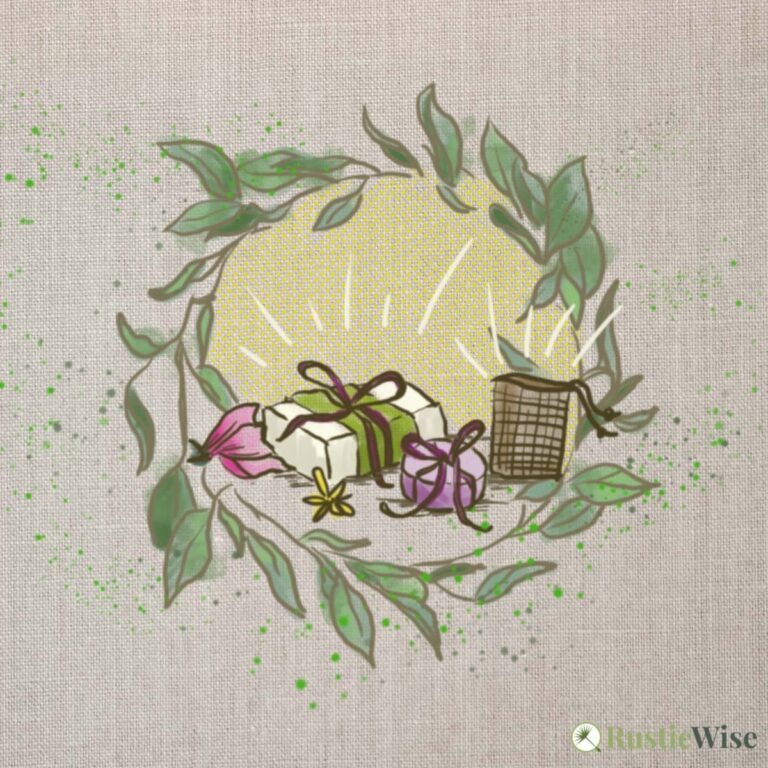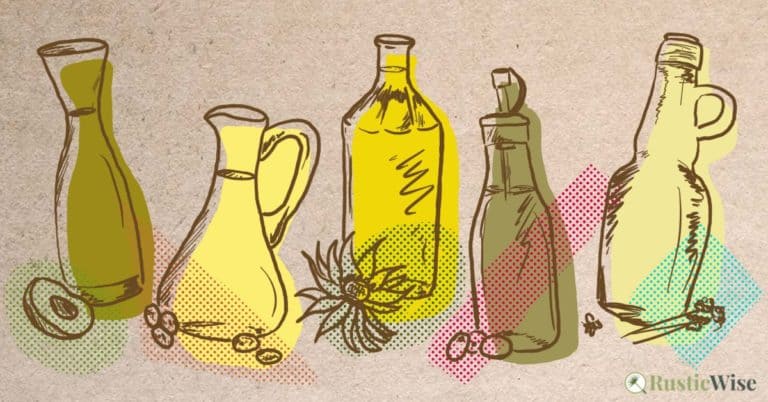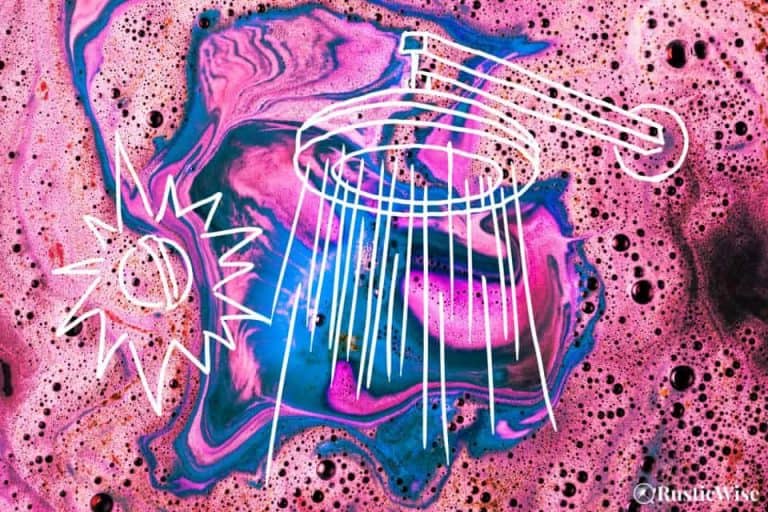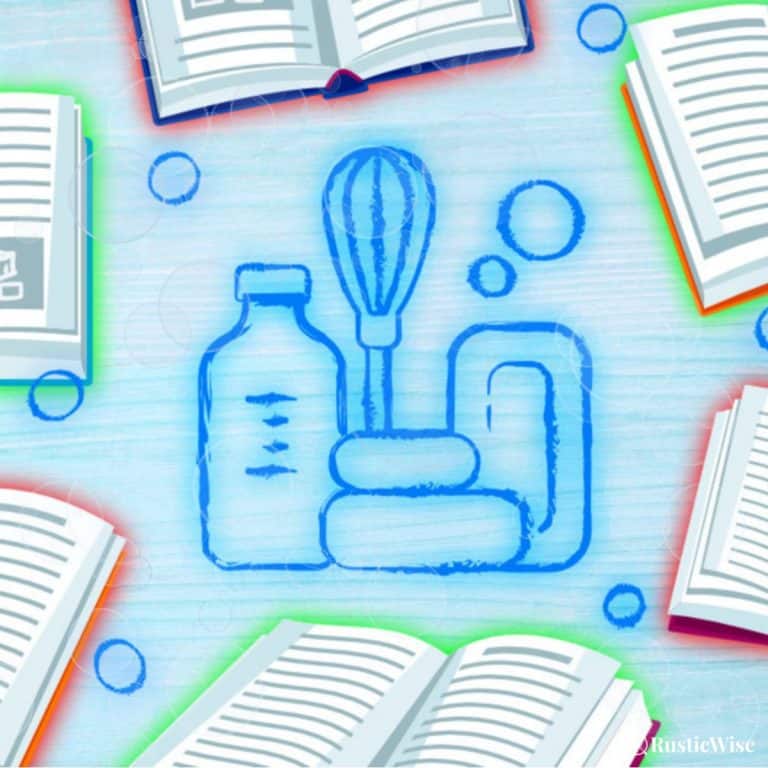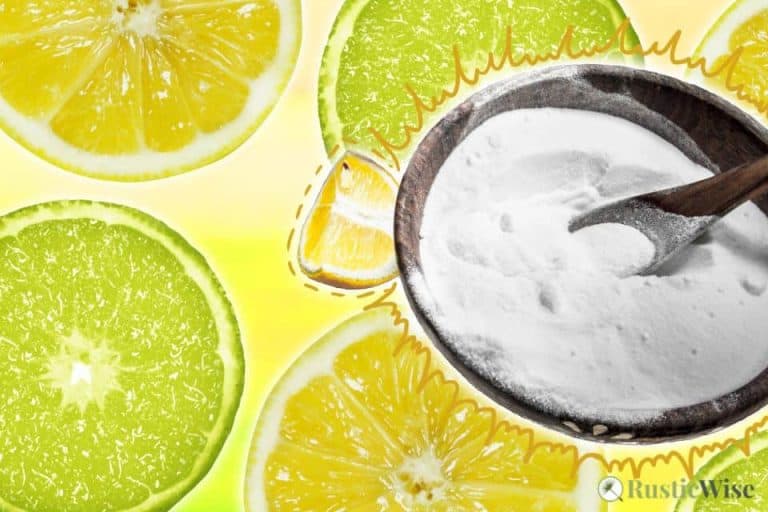How To Make Organic Soap (Rather Than Natural Soap)
While the terms organic and natural are often used interchangeably, it’s important to realize that there are actual differences that set the two different labels apart. If you want to learn how to make organic soap, you’ll need to get most or all of your ingredients from suppliers who practice sustainable and organic farming habits. This includes your product’s main ingredients such as oils, colorants, additives, and essential oils.
For example, herbs used in organic products are wildcrafted or locally sourced using organic farming methods.
Making natural soaps using ingredients from mother nature is rewarding and allows you to share your craft with others. This traditional way of making soap allows you to control the quality and types of ingredients you choose to use on your skin.
We’ll go over the standards that distinguish natural vs. organic soaps for USDA labeling purposes. Keep reading for more details on whether lye is actually organic, and what ingredients you’ll need to use to make natural soap from scratch.
👉 We’ve also rounded up a collection of nine natural soap recipes to get you started!
Organic soap vs. natural soap
If you look at the shampoo aisle of your local drugstore, you’ll likely see the word “natural” or “organic” imprinted upon dozens of shampoos, conditioners, body washes, and soap bars. If you didn’t know any better, you’d think you were shopping at a local organic farmer’s market!
These two terms (natural and organic) have become almost meaningless these days, as many companies try to green-wash their products by slapping a feel-good word onto products that often contain synthetic ingredients.
Unfortunately, the term “natural” is unregulated. There’s really no stringent criteria producers must meet in order to use this eco-friendly word.
The word “organic” however, is regulated to a certain extent (if your product contains agricultural ingredients). We’ll go into this in more detail below.
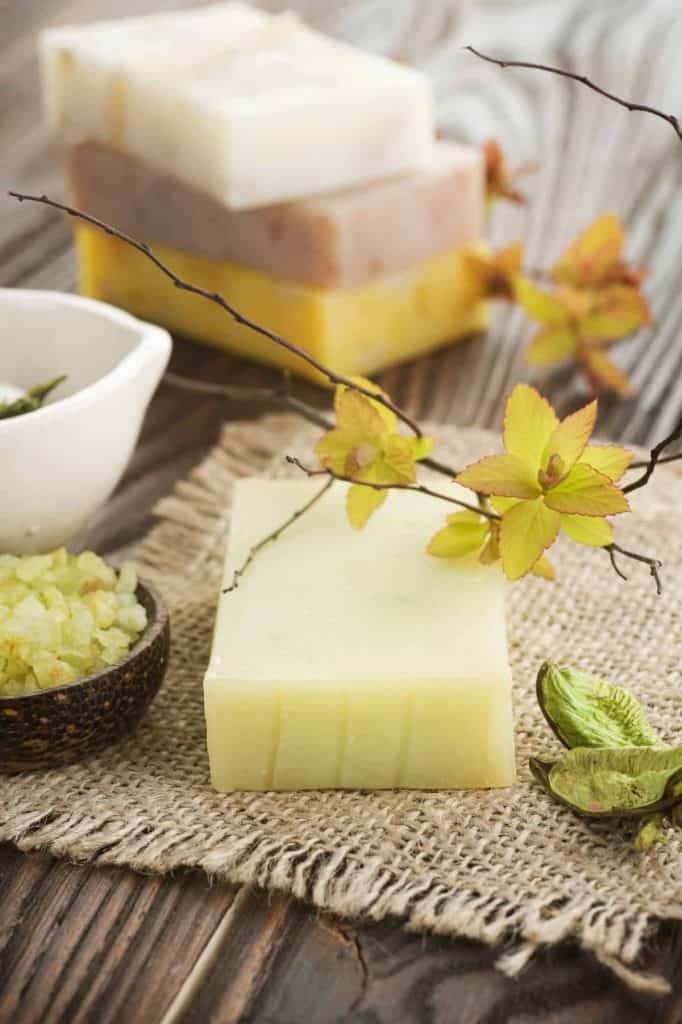
Decide whether you want to go natural or organic
To me, the word natural means as close to nature as possible. This means minimal processing and forgoing any unnecessary synthetic additives.
For handmade soaps, this means choosing natural soap making oils, fats, or butters, along with using natural ingredients such as plant-based colorants, botanicals, and essential oils.
If, however, you would like to make truly “organic” soap, you’ll need to ensure all the ingredients (or as many as possible) are certified organic. This is a tougher road to embark on, but it’s one that’s worth it if using organic is important to you (or to your customers).
Is lye organic?
If you’re making soap from scratch using either cold process or hot process soap making, lye is an integral ingredient.
Whether you use sodium hydroxide lye (NaOH) to make hard soap bars, or potassium hydroxide lye (KOH) to make liquid or soft soaps, you can’t make natural soap without lye.
Lye is the keystone of the soap making process: without it, oils/fats/butters would not undergo saponification. Without lye, soap making oils wouldn’t emulsify with distilled water to produce soap.
Which leads us to the important question, is any soap made using lye truly organic?
Yes, you can still make natural or organic bars of soap even when you use lye, a chemical compound. This is because lye is a fundamental part of the soap making process, and lye is not organic.
Sodium hydroxide lye appears on the list of non-organic ingredients that are permitted to make organic products.
Note: Saying your soap is “100 percent organic” is not entirely accurate as you have to use lye (or if you make melt and pour soap, lye was used at some point).
What organic really means
That USDA certified organic seal is a tough badge to earn.
The U.S. FDA doesn’t regulate or define the terms “natural” or “organic” when it applies to personal care products or cosmetics that don’t contain agricultural ingredients.¹
But, the USDA does regulate the term “organic” for personal care products (including soaps) that contain agricultural ingredients under its National Organic Program (NOP) regulation (7 CFR Part 205).¹
Personal care products that contain agricultural ingredients may be certified organic if they meet the stringent standards that apply to organic products throughout the manufacturing process—from production to labeling.
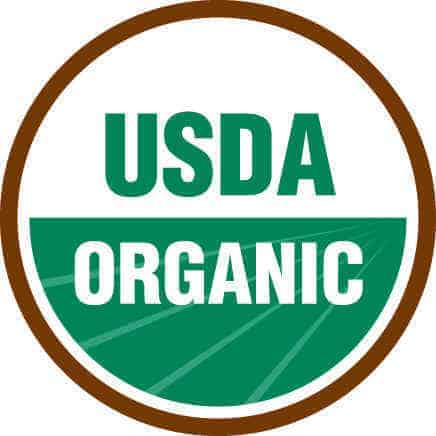
Credit: USDA, Agricultural Marketing Service
There are four main organic categories. The first three categories must all state the certifying agent’s name and address.¹
- 100 percent organic: Just as the name implies, every ingredient must be organic (excluding salt and water). These products may use the USDA Organic Seal on the label. As mentioned above, by nature of the soap making process which requires the use of lye, natural soap bars won’t fit these criteria.
- Organic: The product contains a minimum of 95 percent organic ingredients (excluding salt and water). The other 5 percent of non-organic ingredients used must appear on the approved lists of permitted nonagricultural ingredients, or substances that are unavailable in organic form. These products too can display the USDA Organic Seal on labels.
- Made with organic ingredients: The product contains a minimum of 70 percent organic ingredients (excluding salt and water). The product label may list up to three organic ingredients. These products may not use the USDA Organic Seal. For example, you could say something like, “body soap made with organic lavender, rosemary, and olive oil.”
- Less than 70 percent organic: These products contain less than 70 percent organic ingredients (excluding salt and water), and cannot use the term “organic” anywhere on the main display label. However, they can list ingredients that are USDA-certified organic on the ingredients label.
The takeaway: If you’re selling soaps, do your due diligence and ensure you are labelling your soaps correctly. If you’re a consumer, be wary of products that are labelled “organic” or “natural.” While the USDA regulates personal care products containing agricultural ingredients, it has no authority over cosmetics and personal care products that don’t contain agricultural ingredients.
Are products made with organic ingredients safer than those from non-organic sources?
Not necessarily. Just because an ingredient is sourced from an organic producer doesn’t mean it’s 100 percent safe. There are many substances from the natural world that may cause skin irritation or allergic reactions in some people.
On the flip side, not all synthetically produced compounds are “bad.”
Not all chemicals (or chemical sounding names) are bad
We all like reading ingredient labels with words and names that we know how to pronounce. It’s comforting knowing exactly what’s in that bar of soap.
But don’t be thrown off by ingredients with chemical sounding names.
For example, sodium citrate is the product you get when you mix sodium hydroxide lye and citric acid (a naturally occurring substance) in a soap recipe.
Sodium chloride is plain old table salt. Sodium olivate is another name for olive oil that has undergone saponification.
How to make organic soap in a nutshell
In its simplest form, soap requires just three basic ingredients:
Lye + distilled water + fats/oils/butters = soap
There are more nuances to soap making than this, of course, but this is the basic formula.
You can choose natural or organic soap making oils, natural colorants, essential oils, and other botanicals or additives to customize your soap recipe.
Lye safety
I can’t emphasize enough the importance of reading up on lye safety before you make your first batch of handmade soap.
Lye is a corrosive compound that can irritate or burn skin and eyes. It produces an exothermic reaction (it gets extremely hot) when mixed with water.
It reacts strongly with certain materials such as aluminum, which is why you should use only non-reactive materials when making soap such as stainless steel, silicone, and certain heat-proof plastics.
Read more about how to safely store sodium hydroxide lye, and where to buy lye.
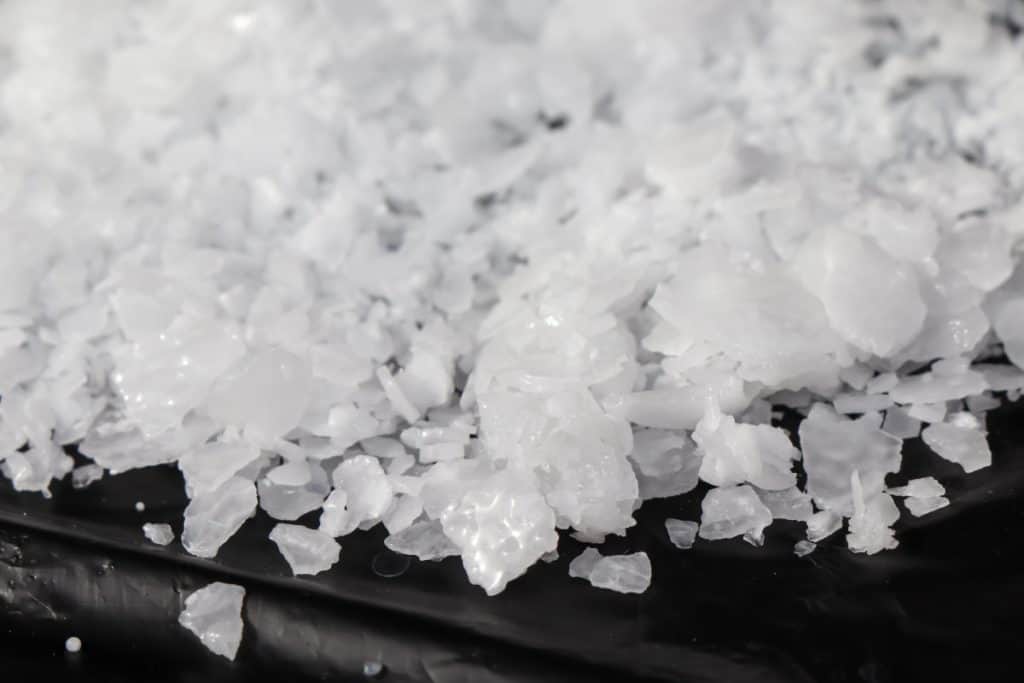
Credit: 123RF.com
Natural soap making methods
So, you want to learn how to make organic soap? Making soap from scratch is part science, part art. The term saponification is a scientific term that simply means to “turn into soap.”
The four main ways to make homemade soap are:
- Cold process method: A popular way to make soap from scratch with lye and combining it with oils/fats. As the name implies, you don’t use any outside sources of heat to kick start saponification. The “cold” soap mixture must harden and cure for 4-6 weeks. This method produces smooth bars of soap.
- Hot process method: Similar to cold process, you’re making soap with lye and oils, but you “cook” the soap batter until it’s saponified in a slow cooker. This produces “rustic” looking bars of soap.
- Melt and pour method: Sometimes referred to as soap casting, melt and pour is a popular method for those new to soap making, or those who prefer not to handle lye. Yup, you read that right—you don’t need to worry about the hassles of working with lye as you’re simply melting pre-made soap bases (that have already saponified with lye) and pouring the soap batter into molds. You can make lovely transparent soaps, or soaps with clean layers using this method.
- Hand-milled method: Using premade soap bars, this process involves grating bars of soap and reforming them. This too, produces soaps that look handmade (perfectly imperfect!).
Read up on the key differences between cold process and hot process soap making here.
Natural or organic soap making oils
The soap making oils, fats, and butters you use plays an integral role in the finished properties of your soap.
Every type of oil, fat, and butter is comprised of a unique fatty oil composition which affects the properties of the finished soap (bubbly vs. creamy lather, cleansing, conditioning, mild for sensitive skin, etc.).
If you want to go the truly organic route, you’ll need to source all your soap making base oils and fats from organic producers. If you wish to use lard or tallow, for example, you’ll need to ensure the pigs or cows are raised on an organic farm.
It’s now that you also determine whether you’d like to make vegan-friendly soaps. If that’s the case, animal-based fats such as lard or tallow are clearly off the menu.
Here are a few common natural soap making oils:
- Avocado oil
- Castor oil
- Coconut oil
- Cocoa butter
- Lard or tallow
- Olive oil
- Palm oil (read up on the controversy of using palm oil)
- Safflower oil
- Sunflower oil
- Shea butter
Learn more about vegetable oils for natural soap making.
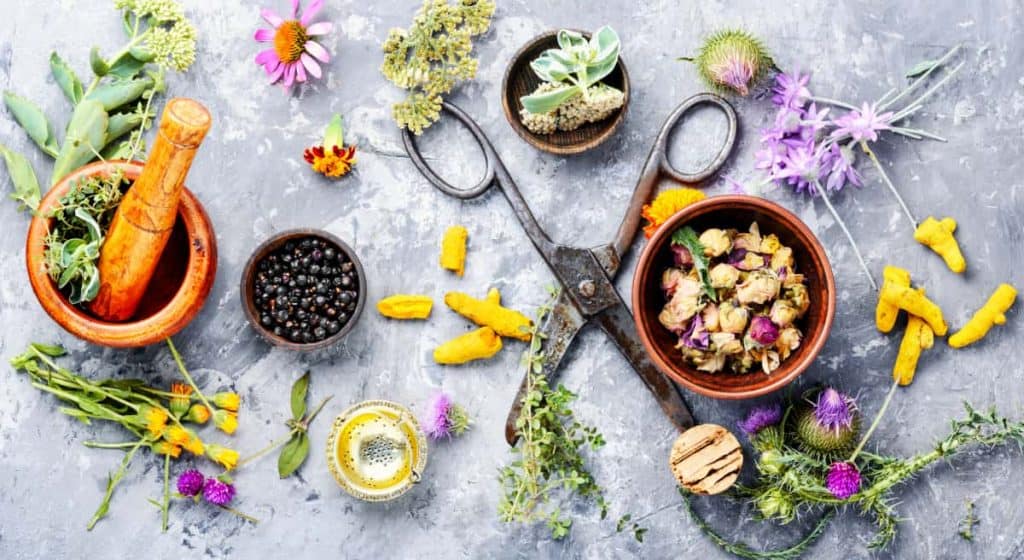
Credit: Yay Images
Natural or organic soap making additives
Soap making additives are the optional ingredients that really make your batch of soap shine.
If you want to make organic soap, you’ll need to do your homework, and only source botanicals from sustainable and organic producers that don’t use pesticides.
Additives can be purely decorative (such as juniper berries scattered on top of soap), or serve a purpose (such as coffee grounds as an exfoliant), or add botanical properties to soap (you can make lye water tea or also infuse your oils with botanicals).
You can also use different liquids such as fruit juices or goat’s milk.
You can customize your soap using berries, flowers, herbs, roots, seeds, and roots of certain plants.
Here are just a few natural additives you can experiment with in soap:
- Alkanet root
- Annatto seeds
- Berries (such as juniper berries)
- Calendula
- Chamomile
- Coffee grounds
- Dandelion
- Goat’s milk
- Honey
- Lavender
- Mint/spearmint
- Nettle
- Oatmeal
- Rose
- Rosemary
- Thyme
- Yarrow
Natural or organic soap making colorants
Many brightly colored soaps you see at the store are made with synthetic dyes. Using natural dyes typically produces a more muted (but still lovely) color palette. Some natural dyes may fade over time too, which is something to keep in mind if you’re selling soaps.
The frustrating thing about using natural colorants is that the lye monster sometimes turns lovely hues brown in the finished soap.
You can make your own natural dyes by experimenting with oil infusions, or buy natural colorants.
Natural or organic soap making fragrances
If you want to go as au naturel as possible, choose essential oils rather than fragrance oils. And, if you want to go the organic route, source your oils from organic producers.
Essential oils (EOs) derive from the petals, leaves, stems, and roots of plants. EOs contain volatile oils that not only add aroma but also herbal properties of the plant. For example, tea tree oil has antibacterial properties.
Fragrance oils (FOs) are synthetically produced in labs and are therefore not considered natural. Still, many soap makers love fragrance oils because they are less expensive, come in many varieties, and last a long time in soap.
Here are a few common essential oils you can add to your soap:
- Bergamot essential oil
- Cedarwood essential oil
- Chamomile essential oil
- Eucalyptus essential oil
- Lavender essential oil
- Lemongrass essential oil
- Mint or spearmint essential oil
- Pine essential oil
- Tea tree oil
Natural soap recipes
Here are a few natural soap making recipes to get you started. If you’re new to soap making, here are a few basic soap making supplies you’ll need.
Basic cold process recipe with just two oils
Start here if you’re new to cold process soap making! Using just coconut and olive oil, you can craft a bubbly, yet nourishing bar of soap.
No coconut oil recipes
If you’re looking for coconut oil free soap recipes, we’ve got three of them here (cold process homemade soap recipes).
Cinnamon soap recipe
Warm and aromatic, cinnamon in soap combined with apple cider makes a perfect batch of autumn soap.
Pure olive oil recipe
Single oil soaps allow the chosen oil to shine through. Here, a pure olive oil (also known as Nabulsi soap, or Castile soap) provides a mild and nourishing bar of soap.
Safflower oil shampoo bar
Rich in vitamin E, safflower oil is great for skin and hair. Here’s a shampoo bar featuring safflower oil that will condition your scalp and hair, leaving it hydrated.
Neem oil and nettle shampoo bar
Neem oil is an ultra nourishing oil that’s perfect for dry, itchy skin. While this natural shampoo is suitable for all hair types, it’s especially great if you have oily hair, and/or have eczema or psoriasis. Stinging nettle powder has anti-inflammatory properties while the neem oil boosts conditioning qualities.
Simple soybean oil soap
Soybean oil is an affordable soap making oil that’s readily available. It’s a lightweight oil that easily absorbs into skin and makes for good bars of soap when paired with harder oils.
Basic hot process soap recipe
Make this simple basic hot process recipe featuring olive oil, palm kernel oil (PKO), coconut oil, and castor oil.
Kitchen soap recipe: 3 variations
Kitchen soap banishes grease and leaves your hands feeling clean and refreshed. Using a basic hot process recipe, we’ll share three variations of the same recipe: coffee soap, lemon soap, and a squeaky-clean soap using cornmeal as an exfoliant.
The takeaway: how to make organic soap
The terms “organic” and “natural” are used interchangeably, but there are different standard that are upheld for the term organic. If you want to learn how to make organic soap from scratch, you’ll need to ensure all or most of the ingredients are sourced from organic and/or sustainable suppliers. This includes your soap making oils, natural colorants, additives, and essential oils.
Learning to make natural soap from scratch is a rewarding hobby (and potential business model) that allows you to craft handmade products using ingredients from nature that are good for your skin and body.
New to making soap? 🧼❓
👉We have a fantastic overview on the whole soapmaking process here: read our Timeless Guide To Soapmaking.
If you would like to see our soapmaking posts organized by topic type, see our Soapmaking Collection.

References
- United States Department of Agriculture (Agricultural Marketing Service), National Organic Program Factsheet, https://www.ams.usda.gov/sites/default/files/media/OrganicCosmeticsFactSheet.pdf. Accessed January 2022.
- Grosso, Alicia (2013). The Everything Soapmaking Book, 3rd Edition. Adams Media. pp. 186–210. ISBN 13: 978-1-4405-5013-3.

Author: Theresa Tesolin
Theresa is co-founder of RusticWise. She helps people unleash their inner DIY spirit by encouraging them to get dirty and make or grow something from scratch.

